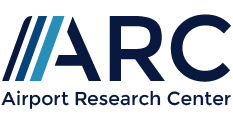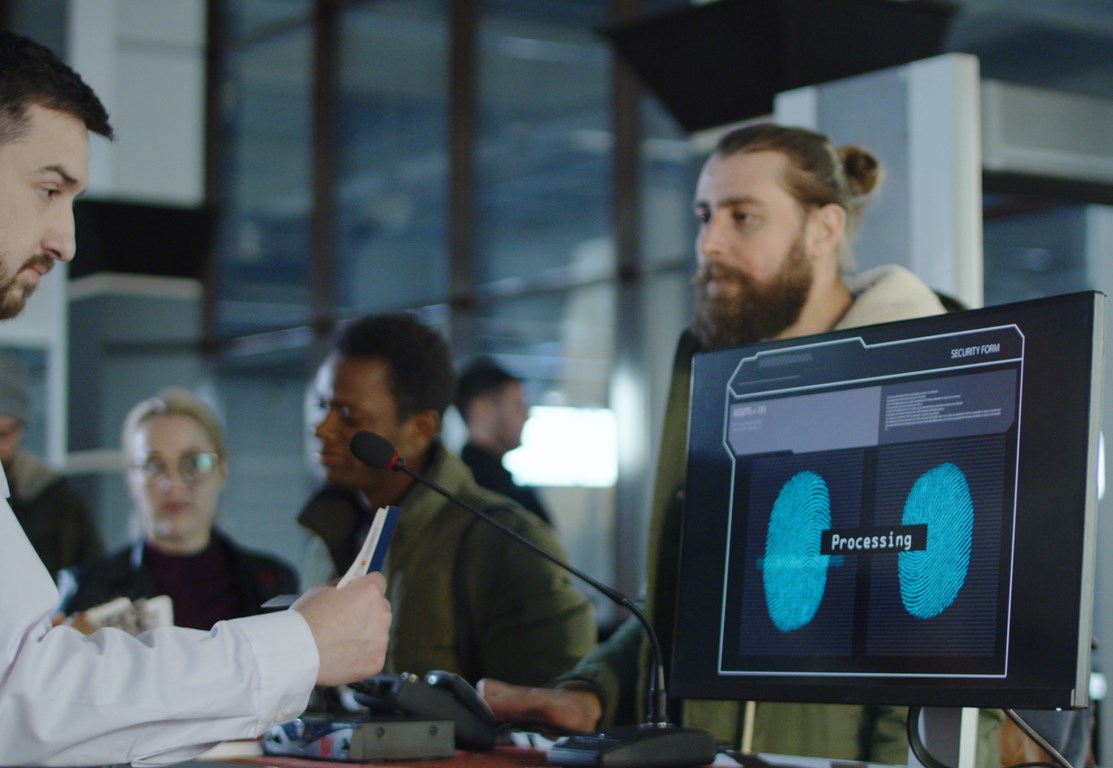
Munich Airport
Real Time Pax Flow Management
A precise view on the next hours of operations significantly optimizes staff planning and thus passenger convenience. The PAX FLOW SOLUTION powered by CAST converts the real-time flight schedule and live sensor data into an accurate forecast of passenger flows and facility requirements.
Project Overview
Munich Airport’s terminal 1 contains several security checkpoints distributed in the terminal. Depending on the allocation and passenger loads the several checkpoints face various loads throughput the day, which may lead to an imbalanced demand.
Munich Airport had already introduced a sensor system, providing live data regarding the current queueing and waiting time situation at all checkpoints. This already enables to react on long queues and support a short-term queue management.
In order to optimize the terminal resource disposition Munich Airport was looking for a system that allows to use to:
- Use the existing sensor data and actual flight schedules
- Predict the short term demand,
- Prepare for upcoming queueing situations,
- Pro-actively plan staffing and
- Avoid long queues and ensure high passenger quality
Services Provided
The comprehensive IT solution PAX FLOW SOLUTION powered by CAST is integrated to the Airport’s operation systems and considers live information such as:
- The flight schedule with actual passenger numbers and allocation information,
- Timestamps of boarding pass scans and
- Sensor data regarding passenger flow and queuing
- Currently open security lanes etc.
Based on this data the simulation model can provide a fast-time predictive analysis of the passenger processors including:
- Expected passenger demand per hour
- Number of control lanes needed
- Waiting time to expect

Results and Benefit
Providing the different stakeholders of Munich Airport with this precise view on the next hours of operations heavily increases the situational awareness in their daily work. This allows Munich Airport to operate more efficiently in terms of resource disposition, staff planning and passenger flow management. In particular the reactive approach of staff planning could be substituted by a pro-active one which leads to a much more efficient use of staff and better passenger convenience.
TOOLS USED







